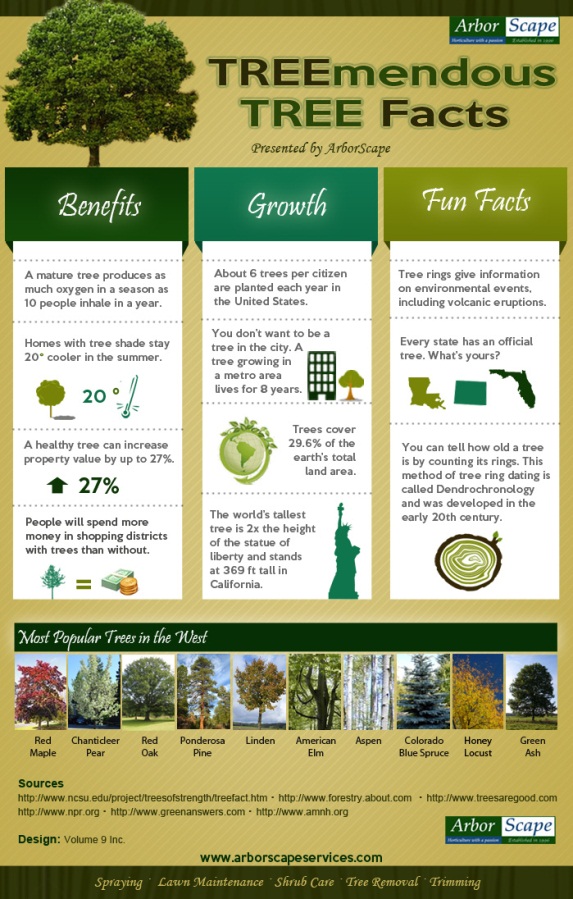Seek Critical Indicators That Suggest Your Tree May Be Hazardous; Recognizing These Can Guard Your Property And Enjoyed Ones. What Should You Watch For Next?
Seek Critical Indicators That Suggest Your Tree May Be Hazardous; Recognizing These Can Guard Your Property And Enjoyed Ones. What Should You Watch For Next?
Blog Article
Post Writer-Vogel Cormier
When it comes to tree care, recognizing the signs that it's time for elimination is important for your safety and security and property. You might notice blemished fallen leaves, wilting branches, or weird fungal developments indicating health issue. Architectural problems, like a considerable lean or fractures in the trunk, can likewise pose dangers. Understanding click here warning signs can aid you make informed decisions about your trees and stop potential hazards lurking in your yard. What should you look for following?
Indicators of Degeneration and Condition
When you notice indicators of decay and disease in your trees, it's essential to act promptly. Search for stained fallen leaves, wilting branches, or uncommon growths like fungus. These can suggest that your tree is battling.
If you see fractures in the bark or soft, mushy wood, these signs and symptoms suggest interior degeneration. Additionally, an unexpected increase in pests around your tree can signify that it's compromised and susceptible.
Look for any kind of dead or dying arm or legs, as they present a risk to your home and safety. If you doubt concerning what you see, speaking with an arborist can provide quality.
Resolving Tree Trimming Services can save you from extra considerable damage and guarantee the wellness of your yard. Don't wait up until it's far too late.
Structural Instability and Leaning
As you observe your trees, watch out for any kind of signs of structural instability or leaning. If a tree leans considerably, it may suggest that the root system is compromised.
Seek any type of cracks in the trunk or soil around the base; these can signal possible failing. Additionally, check for unusual development patterns, like an uneven crown, which might recommend that the tree is struggling to hold itself upright.
If you notice that the tree favors your home, high-voltage line, or various other frameworks, it positions a greater risk. Do not disregard these signs-- get in touch with an arborist to analyze the situation.
Taking action early can avoid expensive damage and guarantee your safety and security.
Dead or Perishing Branches and Foliage
If you observe dead or dying branches and vegetation on your tree, it's a clear sign that something's wrong.
These unhealthy areas can show underlying problems like disease, parasite invasions, or ecological stress and anxiety. When branches shed their leaves or turn brownish, they're no more adding to the tree's health. Neglecting these indicators could bring about further decline, making your tree much more unsafe.
Dead branches can quickly break off during storms, positioning a danger to residential or commercial property and people nearby. It's important to evaluate the extent of the damages.
If the trouble influences a substantial part of the tree, consider getting in touch with an expert. They can aid identify if elimination is necessary to guarantee safety and preserve the charm of your landscape.
Final thought
If you discover any kind of indicators of degeneration, architectural instability, or dead branches on your trees, don't neglect them. These signs can pose serious security risks to you and your home. It's always best to seek advice from a specialist arborist that can give a professional evaluation of your trees. Doing something about it early can avoid mishaps and expensive damage, ensuring your landscape remains safe and healthy and balanced. Remember, it's better to be positive about tree care than to wait for a catastrophe to happen.
